Here are some of the birds that I encountered on my trip through Tajikistan. To find out more about the country and its wildlife switch to my other chapter: Wildlife in the Darwaz Mountains of Tajikistan.
The view form my hotel in Dushanbe
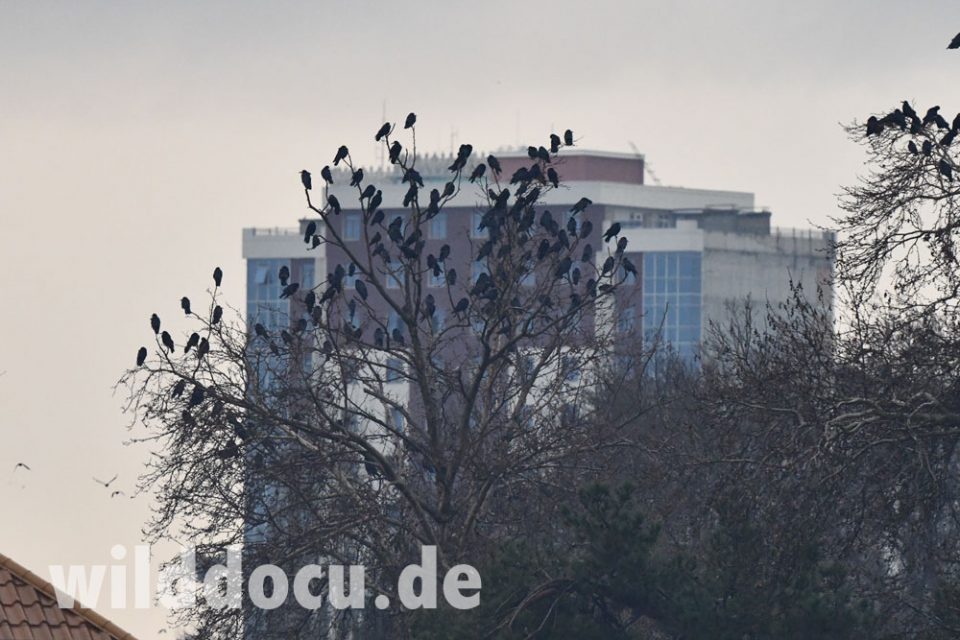
(Corvus frugilegus)
Saatkrähe

(Corvus monedula)
Dohle
I observed Jackdaws and Rooks within the same flocks.
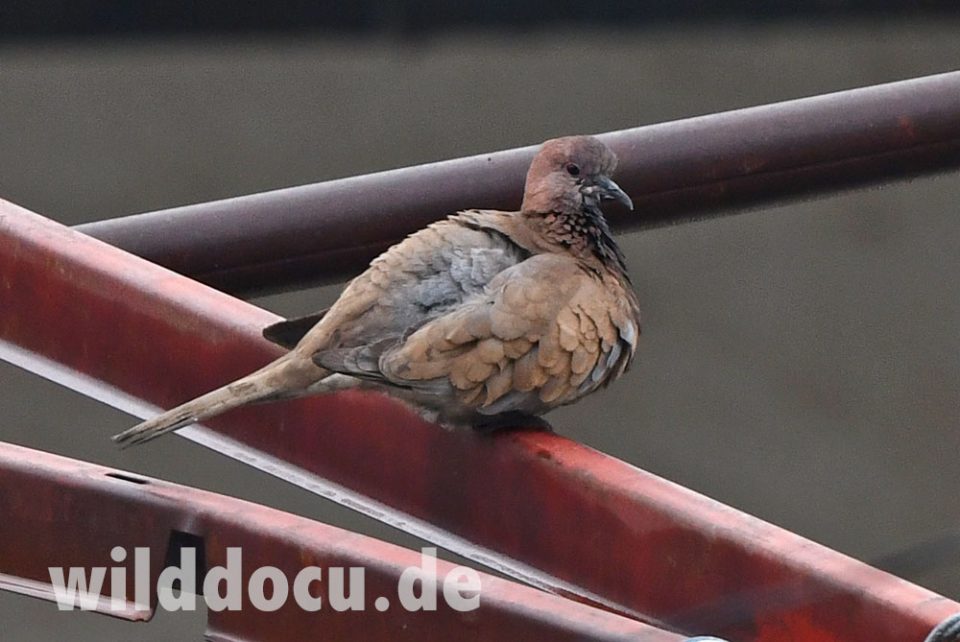
(Streptopelia senegalensis)
Palm- oder Senegaltaube
Maybe the best (nicest) place for birding in Dushanbe is the Botanical Garden.
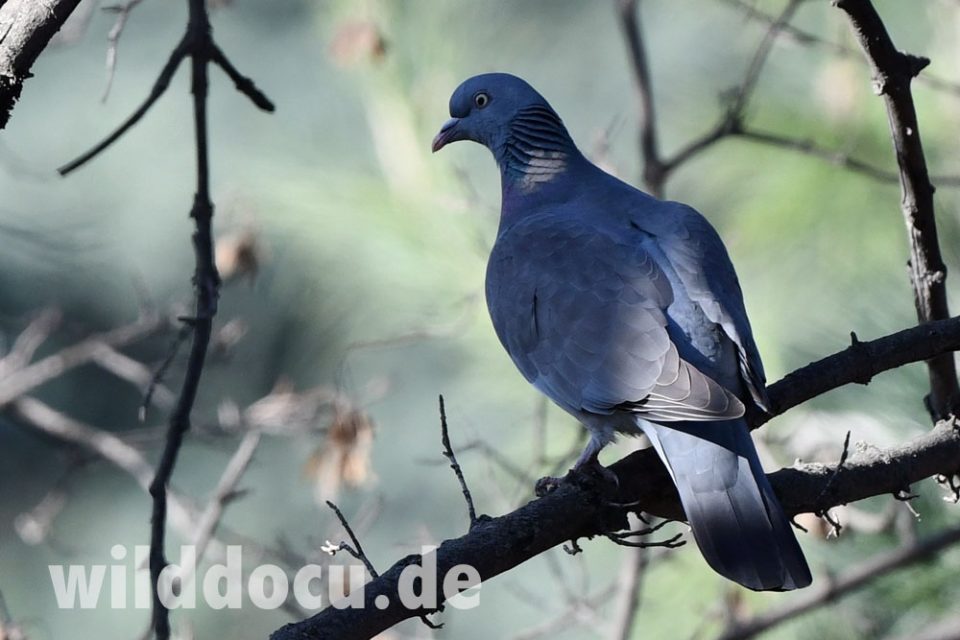
(Columba palumbus casiotis)
Ringeltaube
The subspecies ‚casiotis‘ has a cinnamon-buff patch on the neck-sides.
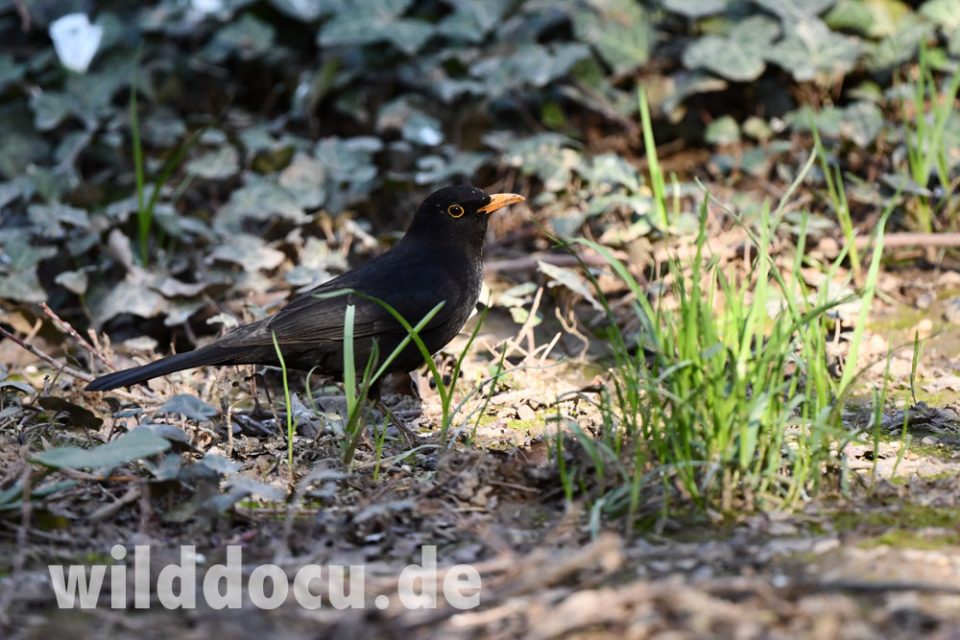
(Turdus merula)
Amsel

(Acridotheres tristis)
Maina
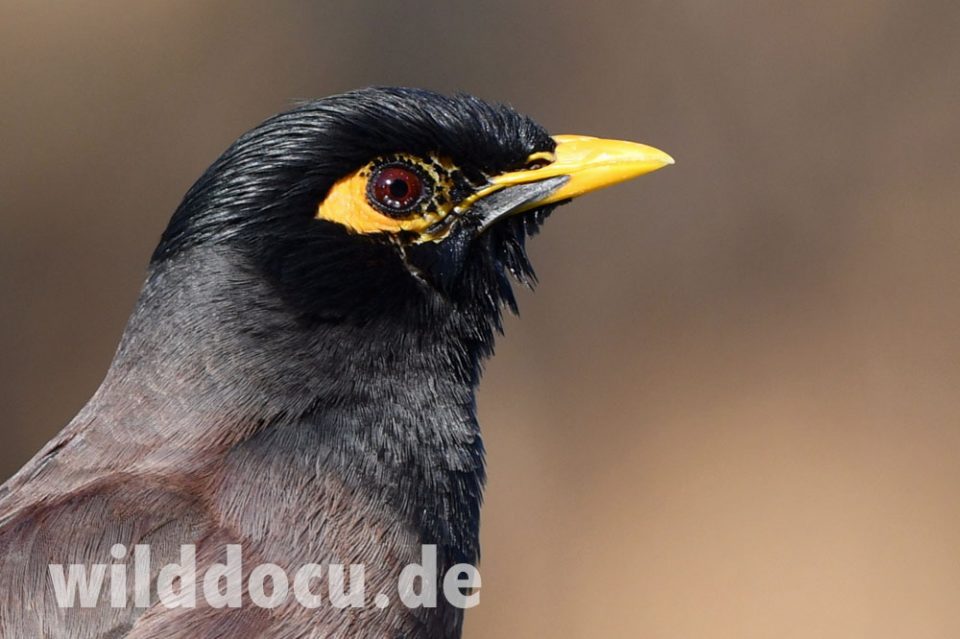
(Acridotheres tristis)
Maina
This specimen from the Botanical Garden in Dushanbe had a reddish iris, which does not coincide with the drawing in „Birds of Central Asia“.

(Pica pica)
Elster

(Carduelis chloris)
Grünfink

(Streptopelia decaocto)
Türkentaube
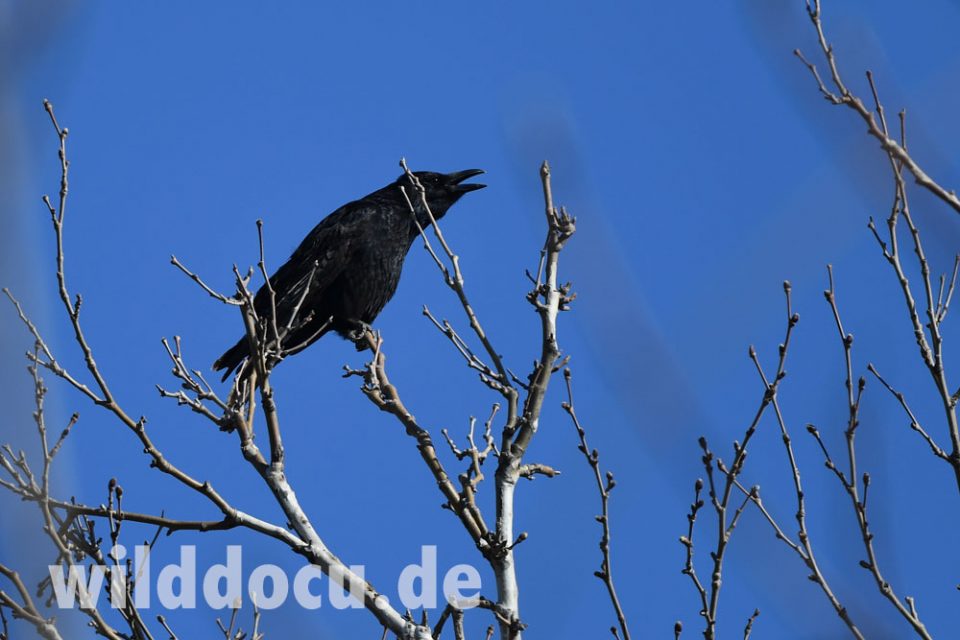
(Corvus corone)
Rabenkrähe
I was surprised to see not only this species, but also the Hooded Crow (see below) within Dushanbe. Apparently the Hooded Crow occurs in Tajikistan only during the winter time.
at Komsomol Lake, Dushanbe
With its concrete banks, it’s not really worth it to go there for birding. We thought we could go for a stroll around it, but it is not made for it. We still found some birds:

(Corvus cornix)
Nebelkrähe
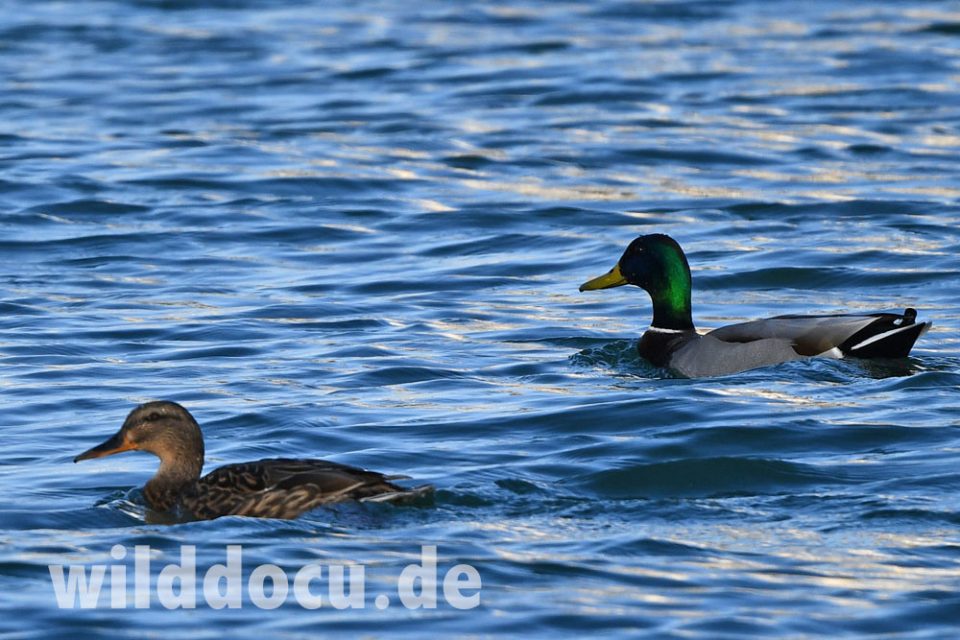
(Anas platyrhynchos)
Stockente
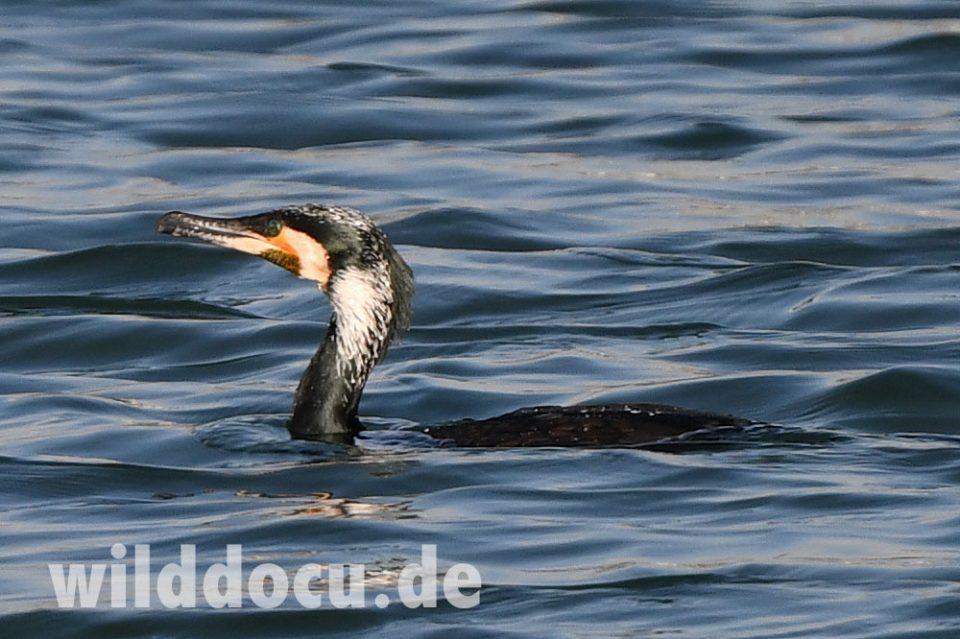
(Phalacrocorax carbo)
Kormoran
Note the white on the neck, which indicates that this specimen was already in breeding plumage (1st of March). In Central Europe, eggs are laid mainly from the end of April to June. – Probably unusual is the black spot on the base of the lower mandible.
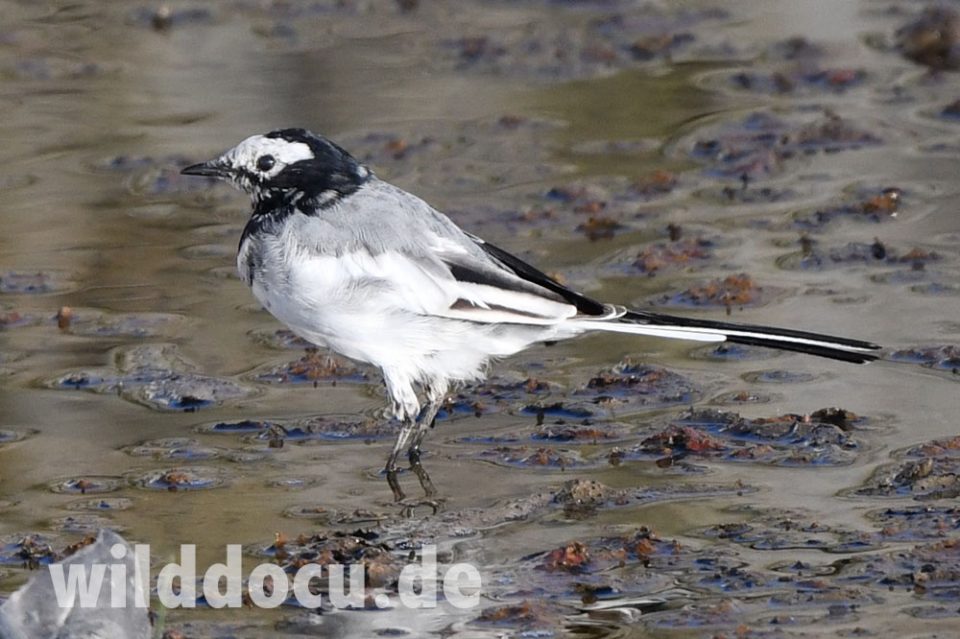
(Motacilla alba personata)
Maskenbachstelze
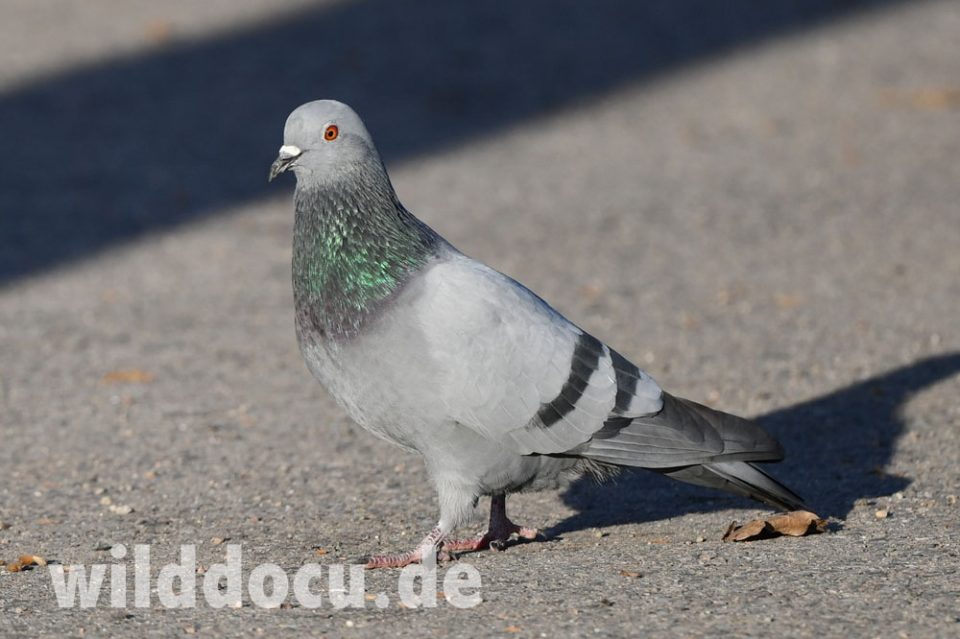
The feral pigeon is the domestic form of the Rock Dove. It is widespread in Central Asia, and occurs in a wide variety of plumages. This one is very similar to a Rock Dove.

(Passer montanus)
Feldsperling

(Tringa ochropus)
Waldwasserläufer
We saw this species in the nearby Gissar Canal.
On the way to Darwaz:

Buteo buteo
Mäusebussard
There are five Buteo species in Central Asia. I believe that this one was a Common Buzzard, although the carpal joint spot is pretty pronounced as in an Upland Buzzard.
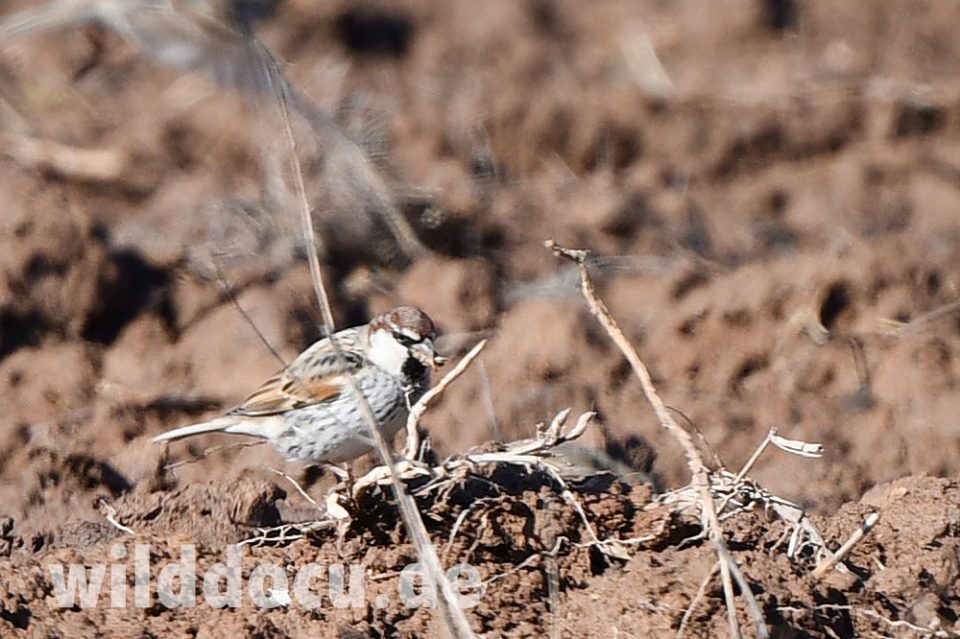
(Passer hispaniolensis)
Weidensperling
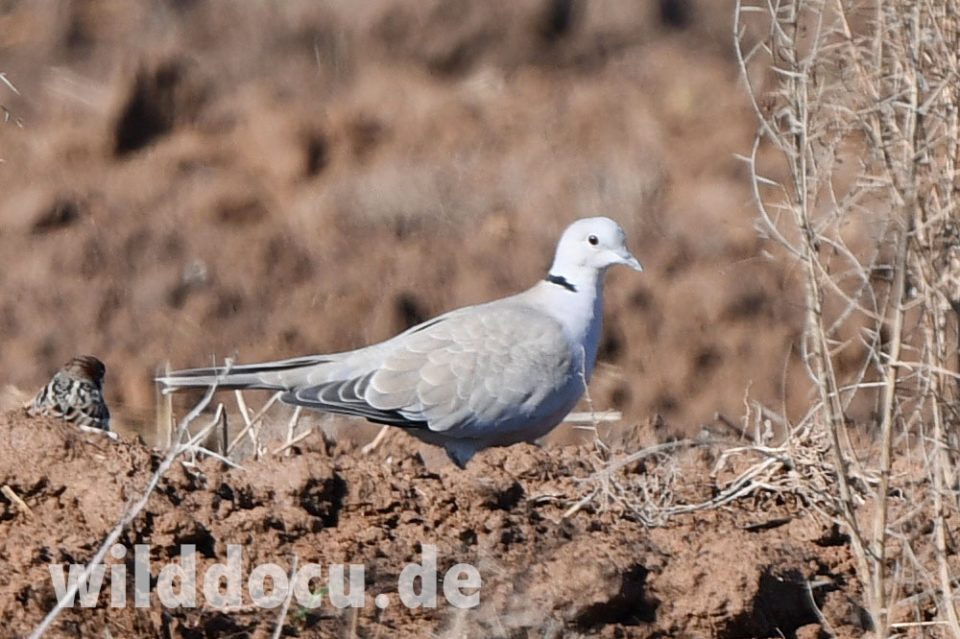
(Streptopelia decaocto)
Türkentaube

(Gallinula chloropus)
Teichhuhn

(Emberiza calandra)
Grauammer


Emberiza leucocephalos
Fichtenammer
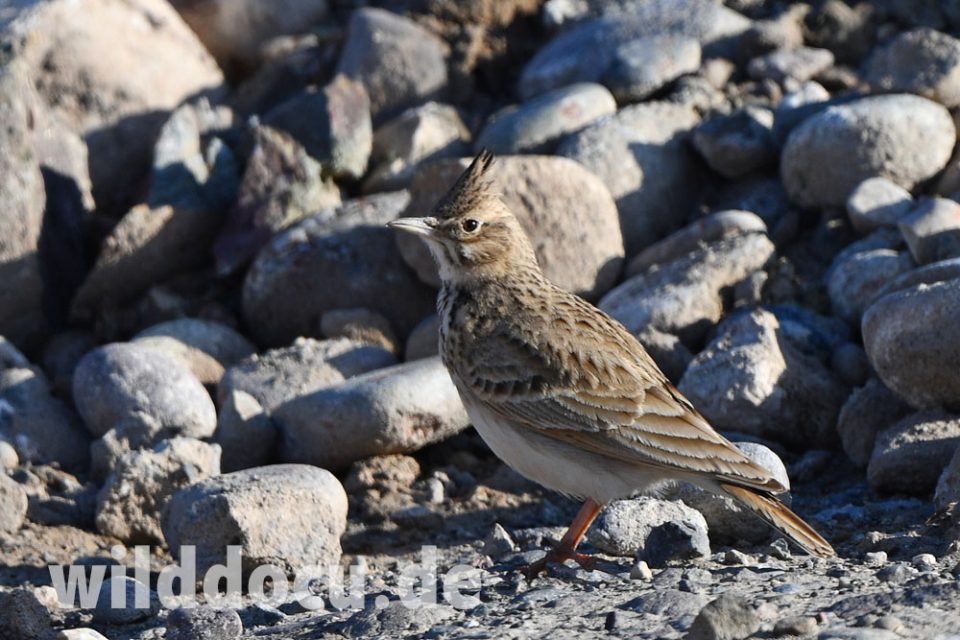
(Galerida cristata)
Haubenlerche
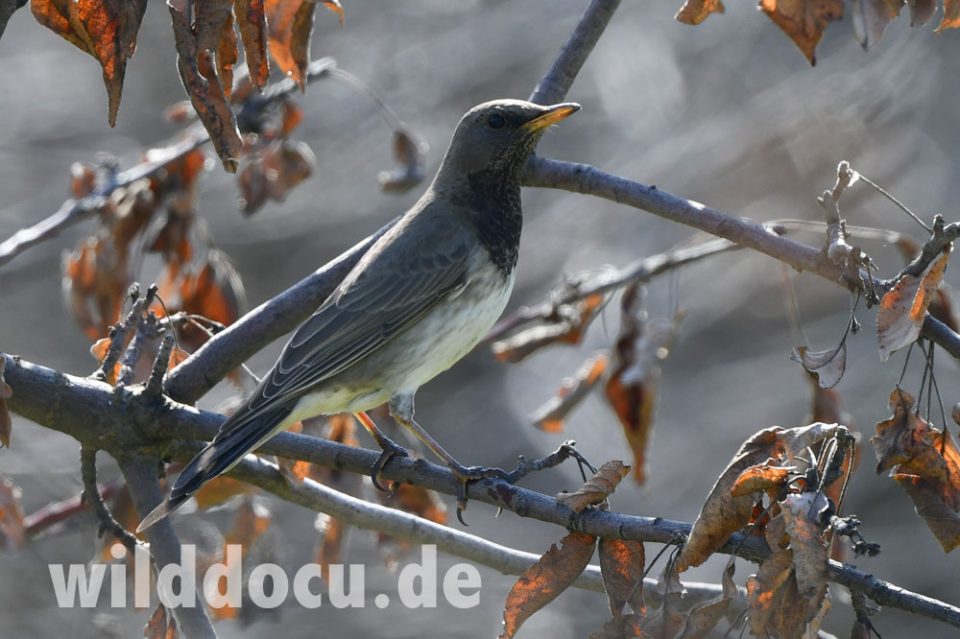
(Turdus atrogularis)
Schwarzkehldrossel
Darwaz birds

(Ammoperdix griseogularis)
Persisches Sandhuhn
My first bird encounter in the Darwaz region: When I ran into a flock of these partridges I knew it must be something else. I had expected Chukars. See-see Partridges are indeed smaller. And they are mousy and at the same time so beautiful. I knew right away that it would be THE bird of the trip for me.
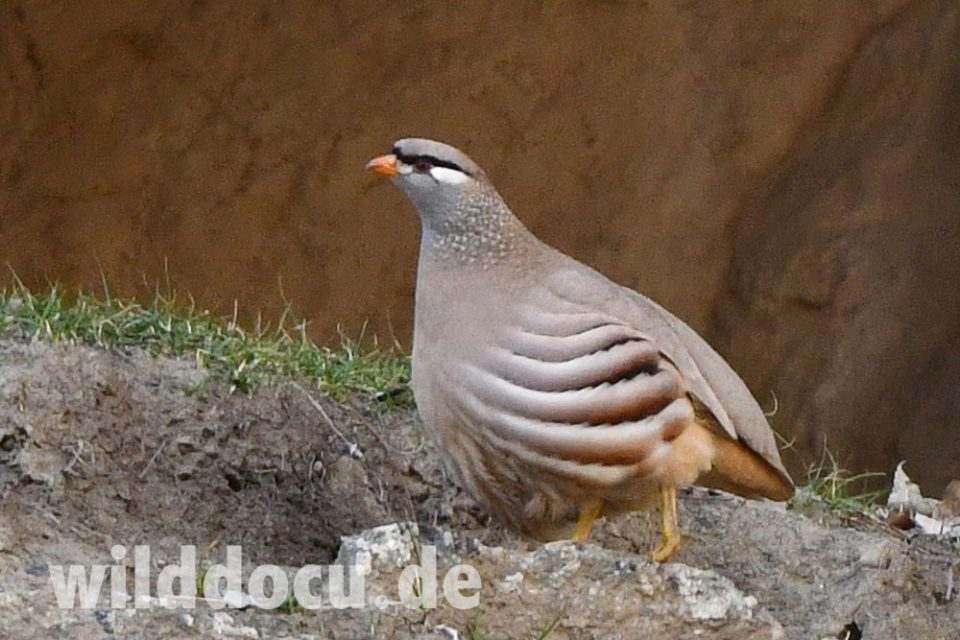
(Ammoperdix griseogularis)
Persisches Sandhuhn
We saw them at the southern tip of the Darwaz region, close to the Panj River. There the mountains level off into a more steppe-like rolling landscape.

(Alectoris chukar)
Chukarhuhn
And this is it: the Chukar, omnipresent in the Darwaz Mountains. The favourite bird of pupils from the Zigar school, which we interviewt. Why? „They taste so good.“ The locals also keep them as pets.

Of the six Chukar subspecies in Central Asia this could be „falki“. In general it is said: „Subspecies are darker and browner in more humid areas and greyer and paler in more arid areas.“ The specimens from Darwaz are greyer.

(Gypaetus barbatus)
Bartgeier
Everywhere I see it, I am fascinated by this species again and again: the size, the colours, the wedge-shaped tail, the beard. Some English-speaking birders still call it „Lammergeier“. In German we switched to Bartgeier (which translates to „Beard Vulture“), because the old name is not appropriate (80 % of its diet is bones) and got the bird a bad reputation. Actually „Lammergeier“ is a misspelling. It should be: „Lämmergeier“ (Lambs Vulture). Maybe just switch to „Bearded Vulture“! 😉

(Falco tuninculus)
Turmfalke
…ok., this is not a record shot, but you can clearly see: light-coloured head, back and inner wing; darker primaries and a greyish tail.
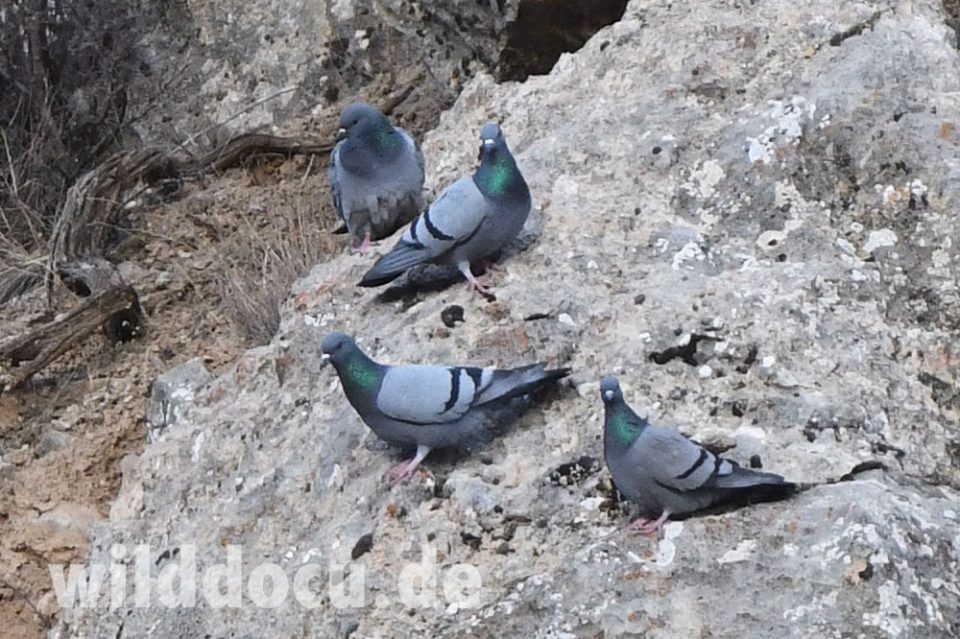
(Columa livia)
Felsentaube

(Corvus corax)
Kolkrabe

(Garrulax lineatus)
Strichel-Häherling
This is the only species of Laughingthrush in Tajikistan. It is everywhere around houses and orchards in the Darwaz region, but very wary.
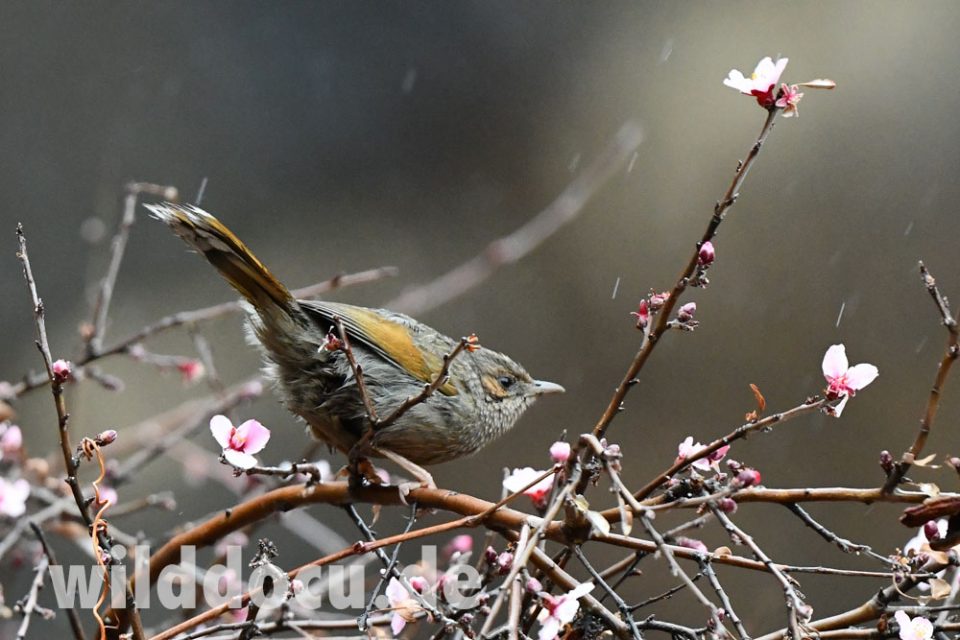
Laughingthrushes are birds of the tropics and have their greatest variety in Southeast Asia and the Indian subcontinent. So to see this species in Tajikistan was like meeting a messenger from the tropics.
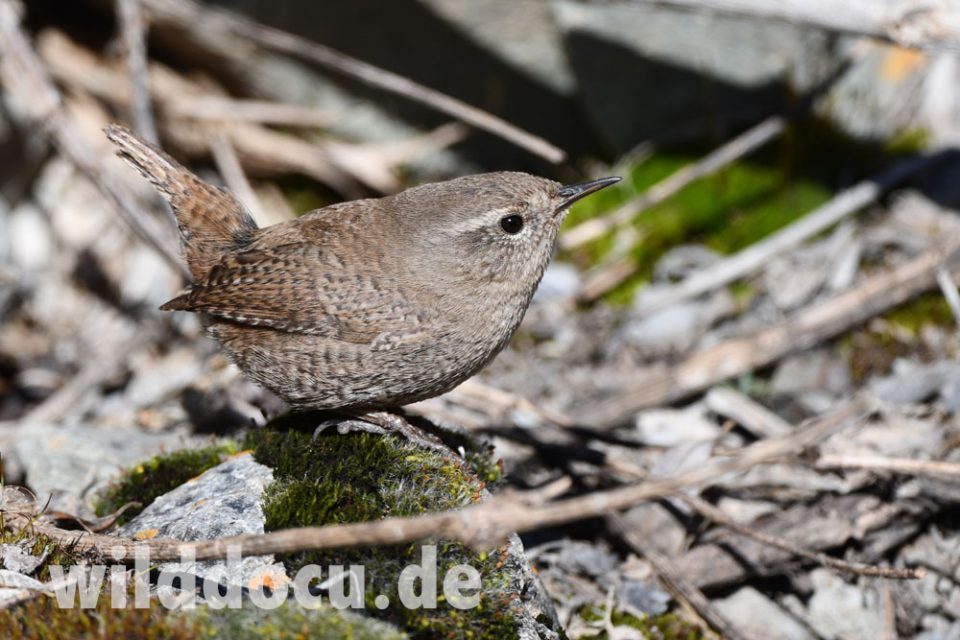
(Troglodytes troglodytes)
Zaunkönig
There are five races of Winter Wrens in Central Asia. In this specimen from the Zigar Valley the brown eyestripe is almost non-existent. The pale supercilium does not extent to the base of the beak.
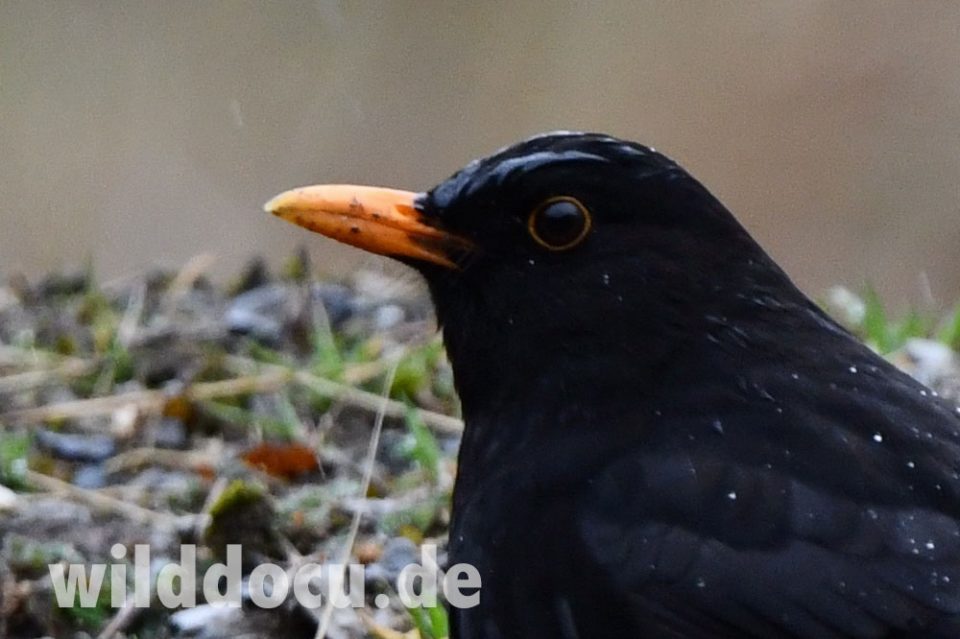
(Turdus merula)
Amsel
I saw this specimen in the rain near our guesthouse. I was wondering if it had a silverish lateral crown-stripe and forehead. It reminded me of the Grey-winged Blackbird, that I know from Northern India. But after having investigated my images, I believe it’s just a few feathers that have become wet. 😉
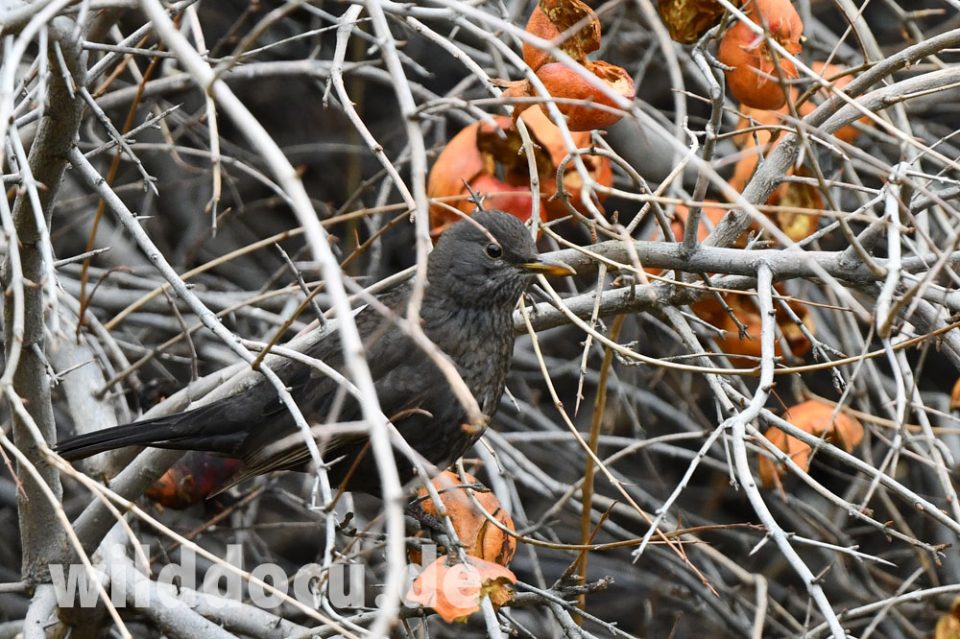
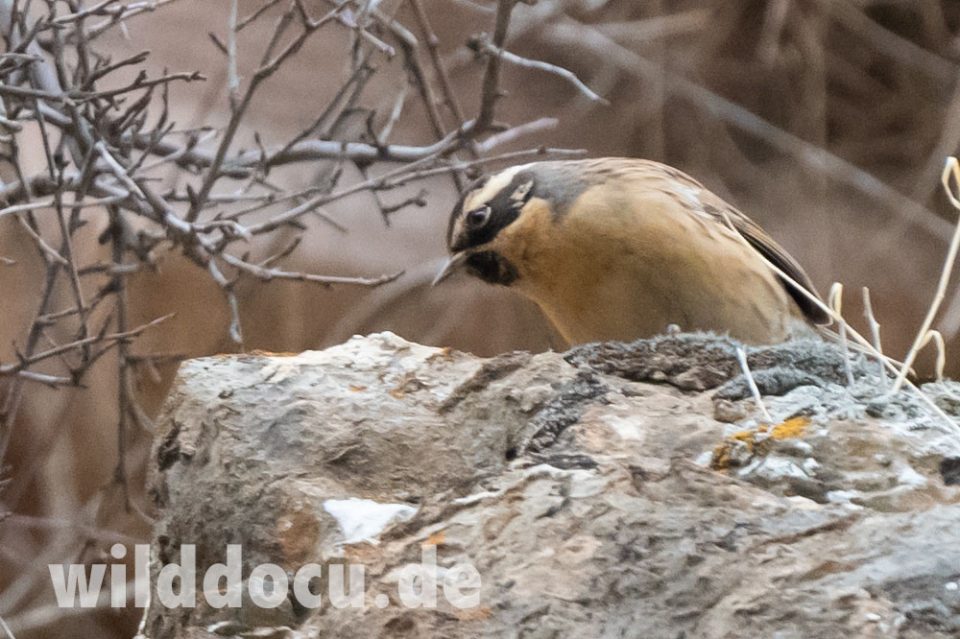
Prunella atrogularis
Schwarzkehlbraunelle
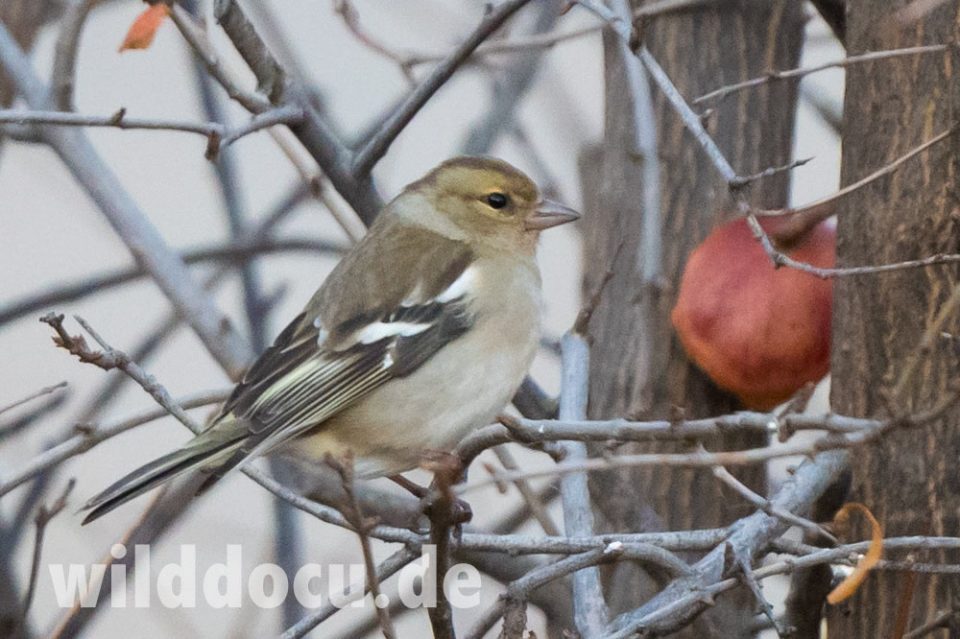
(Fringilla coelebs)
Buchfink
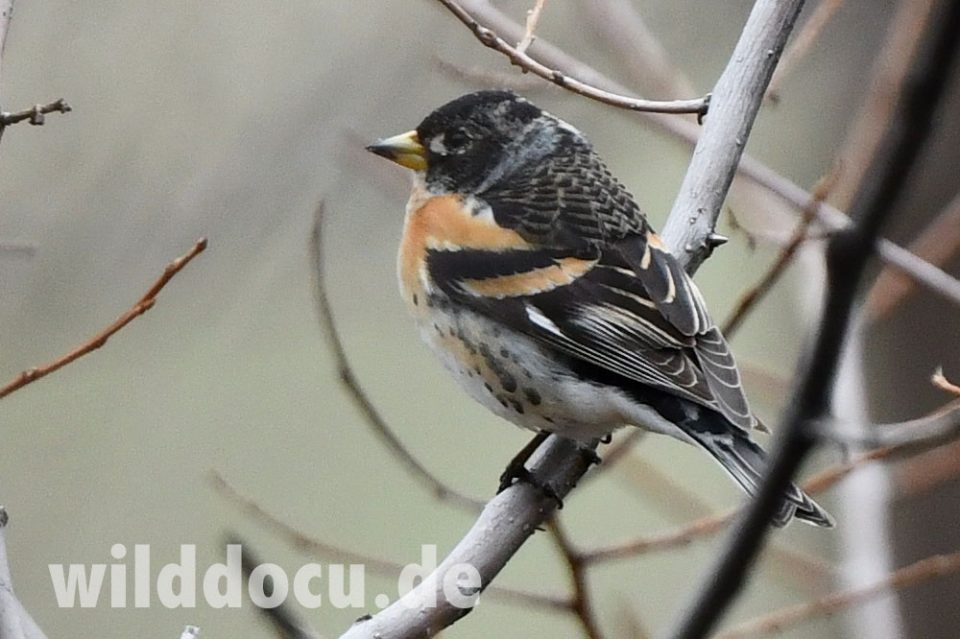
(Fringilla montifringilla)
Bergfink
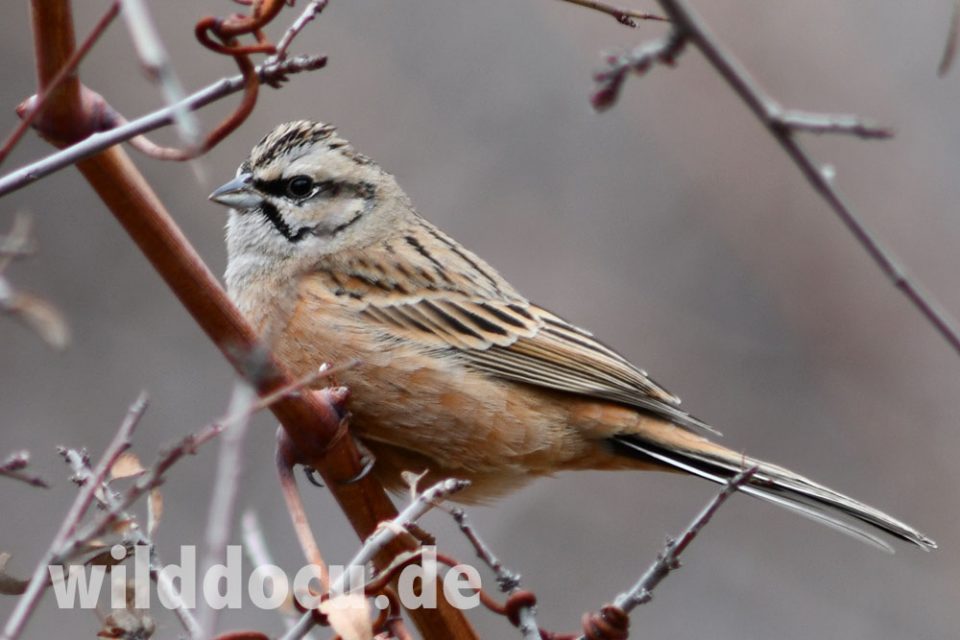
(Emberiza cia)
Zippammer
The cheek and median crown stripe of this specimen are greyish as in the European race. In male Rock Buntings from Central Asia these parts are usually white.

This one puzzled me even more: Again the white on the head is missing and the breast is streaked as in the Striolated Bunting. In female Rock Buntings only breast-sides and flanks come with streaks.
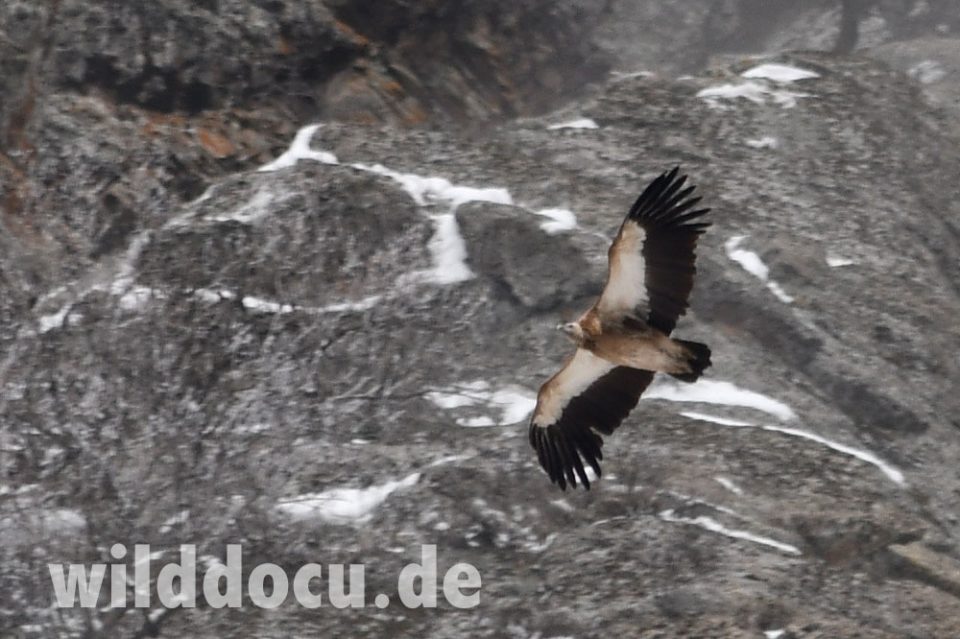
(Gyps himalayensis)
Himalayageier
… identified by its mainly creamy-white underwing coverts. In contrast …
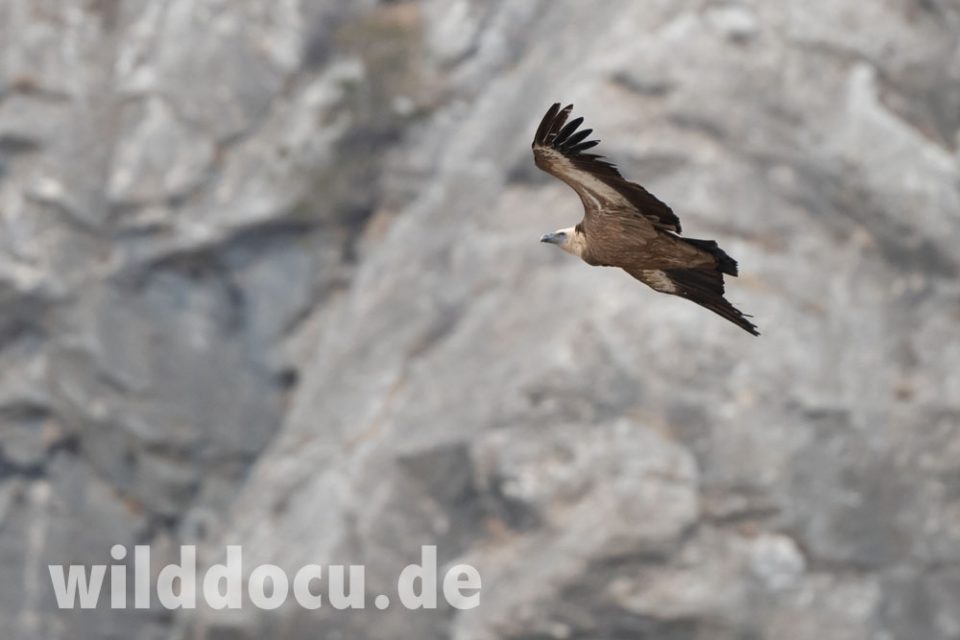
(Gyps fulvus)
Gänsegeier
… the Eurasian Griffon has warm light brown wing-coverts.
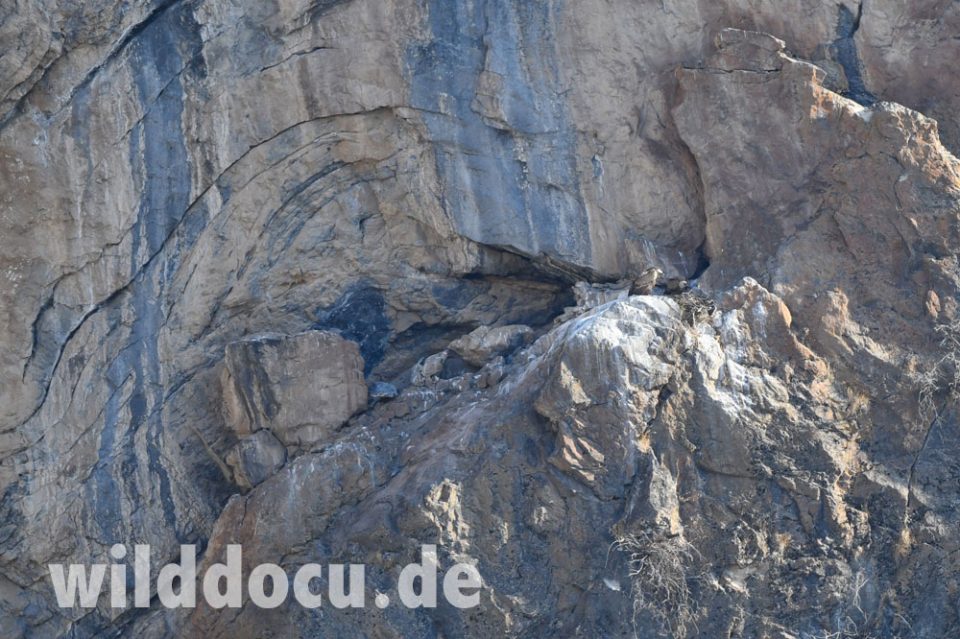

(Accipiter nisus)
Sperber

(Aquila chrysaetos)
Steinadler
A Golden Eagle is a Golden Eagle, is a Golden Eagle. Have one like this above you, and you can call it a day. Hard to top …
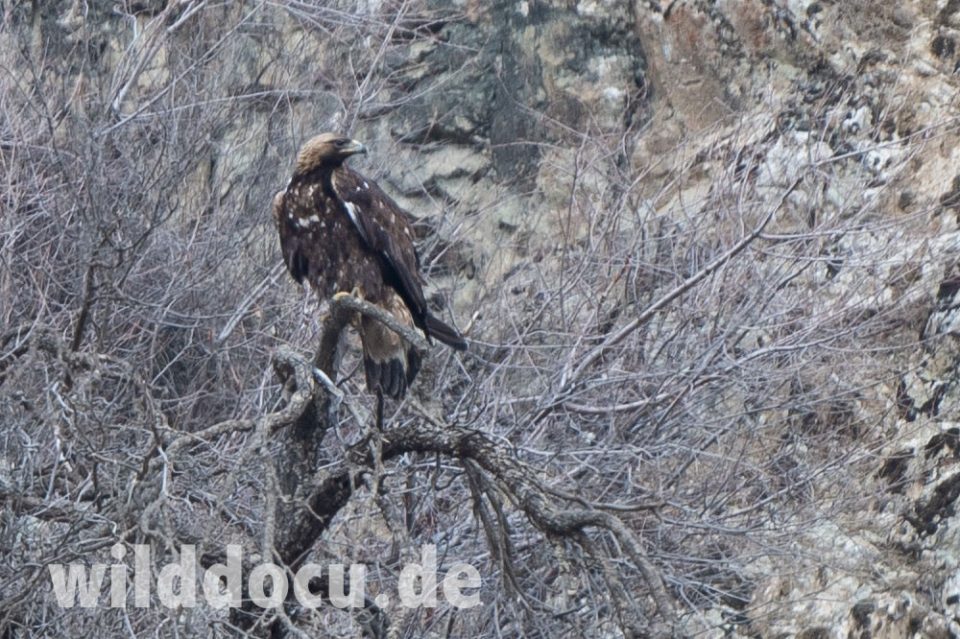
… actually, when I was with my buddy Luke in the Ziggar Valley, huddled to the ground to wait for some ibexes to come down the slope, this young eagle landed not too far from us in a tree … What a treat!
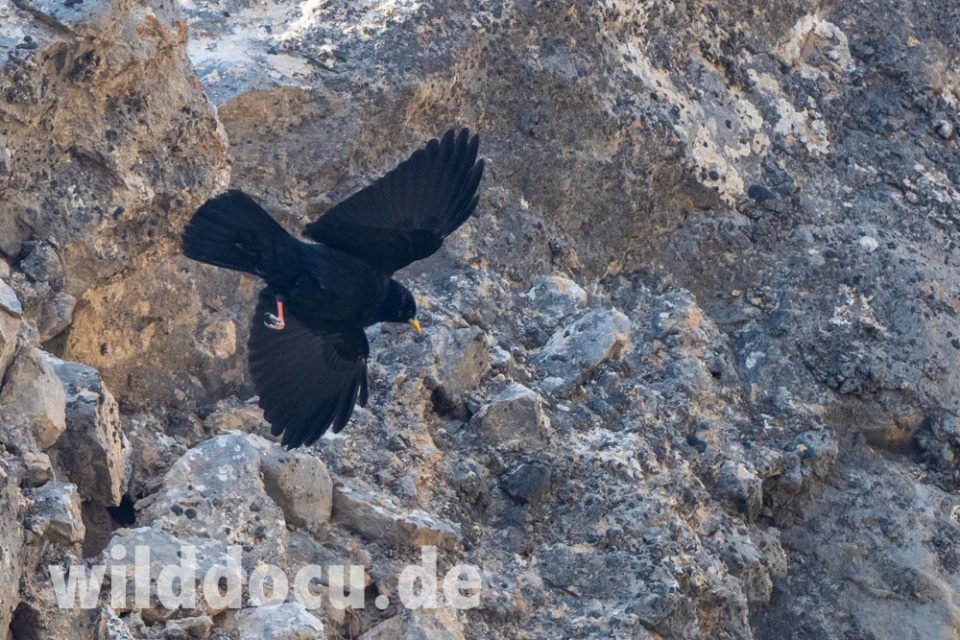
(Pyrrhocorax graculus)
Alpendohle


(Pyrrhocorax pyrrhocorax)
Alpenkrähe
I could confirm this species only once.
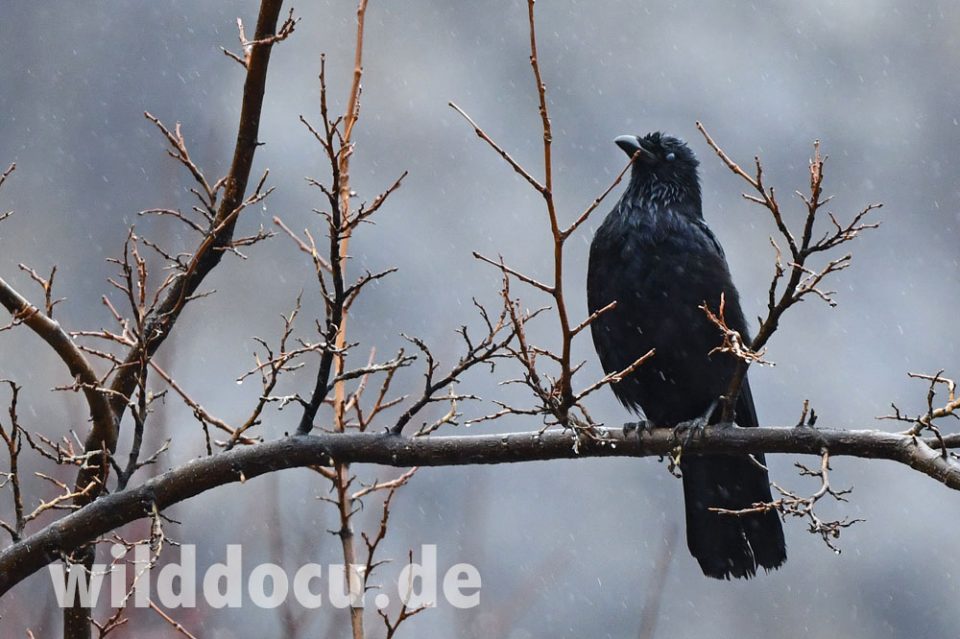
(Corvus corone)
Rabenkrähe
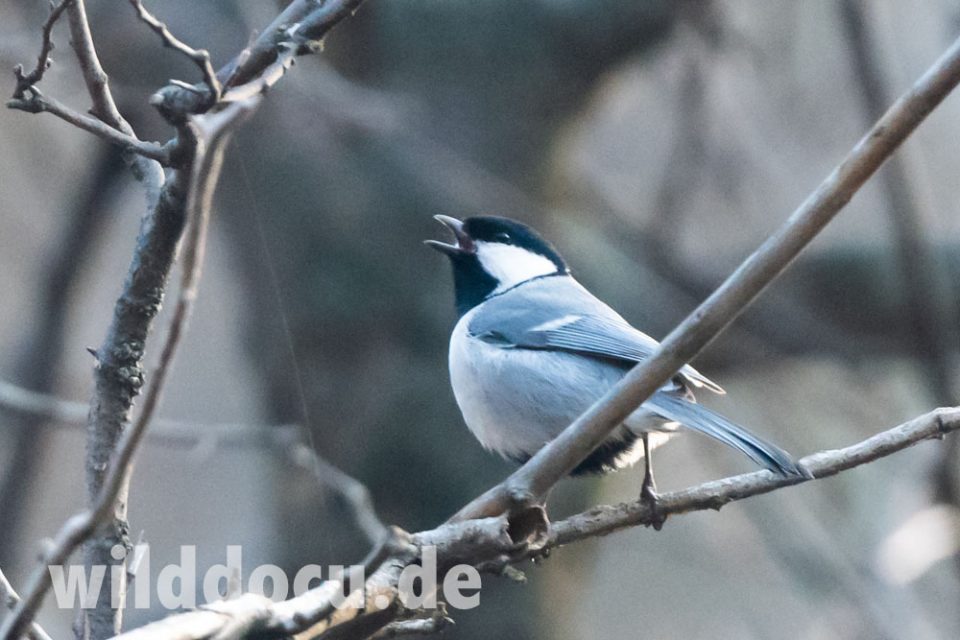
(Parus major bokharensis)
Turkestanmeise
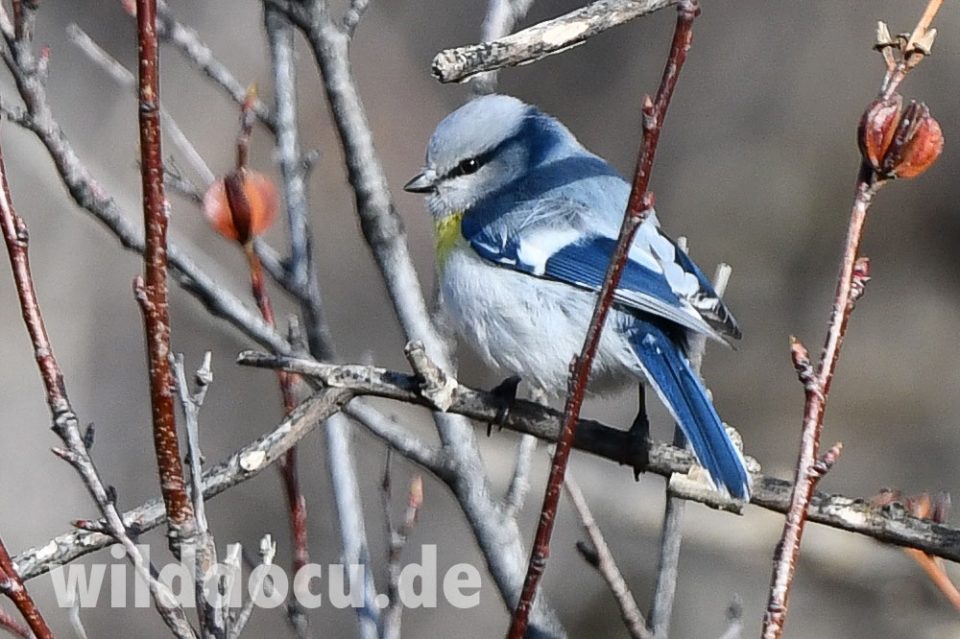
(Cyanistes cyanus flavipectus)
Gelbbrustmeise
This subspecies of the Azure Tit is a very lovely bird indeed!

(Tichodroma muraria)
Mauerläufer
Sometimes hard to spot, but once in a while seen along the Panj River road.

(Sitta tephronota)
Klippenkleiber
Omnipresent in the Darwaz Mountains: Its song could often be heard.
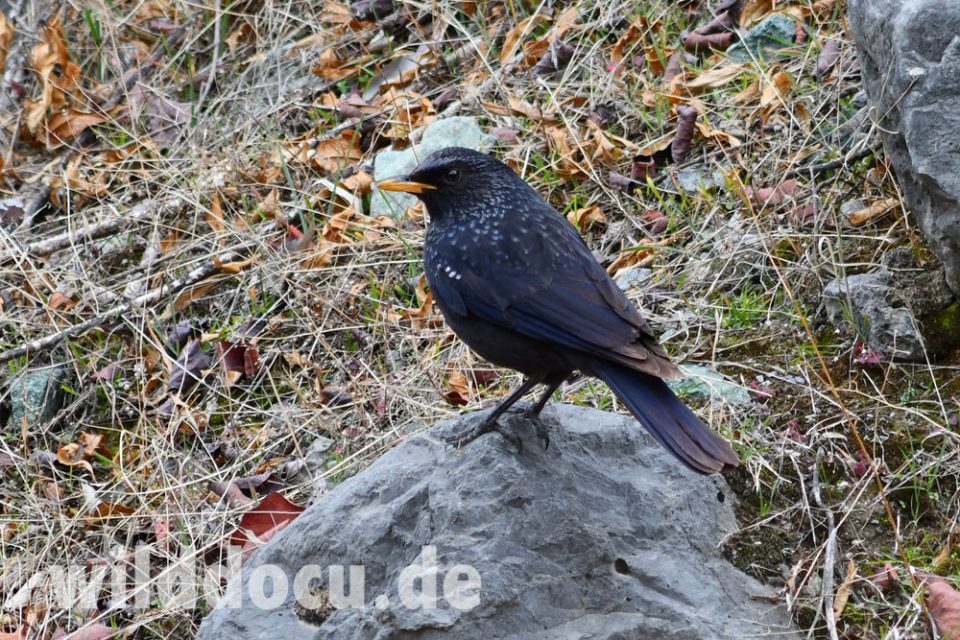
(Myophonus caeruleus)
Purpurpfeifdrossel

(Turdus atrogularis)
Schwarzkehldrossel
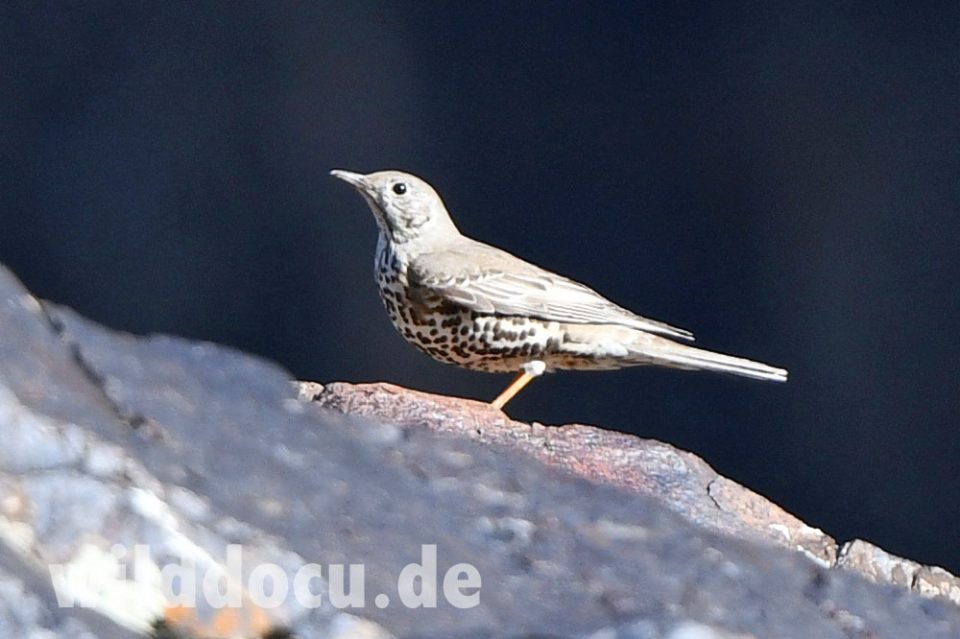
(Turdus viscivorus)
Misteldrossel
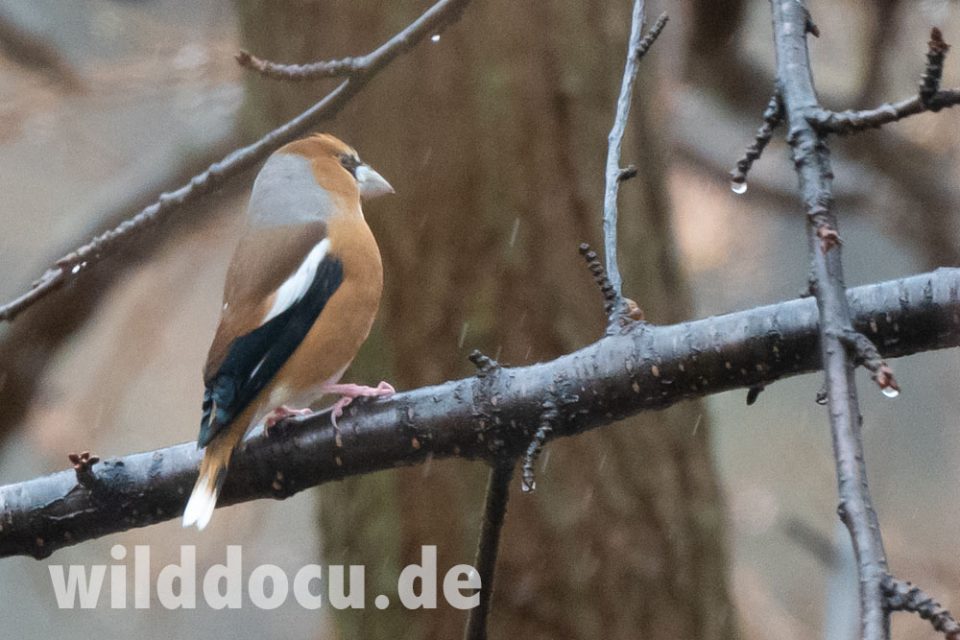
(Coccothraustes coccothraustes)
Kernbeißer

(Phoenicurus erythronotus)
Sprosserrotschwanz
The little pleasures of a hunter and gatherer: There are eight species of „Redstarts“ in Central Asia: Blue-fronted-, Blue-capped-, Black-, Common-, Güldenstädt’s, White-capped-, Plumbeous- and Eversmann’s. The Eversmann’s Redstart was the last one missing on my list. Now this list is complete! 🙂
Species close to water
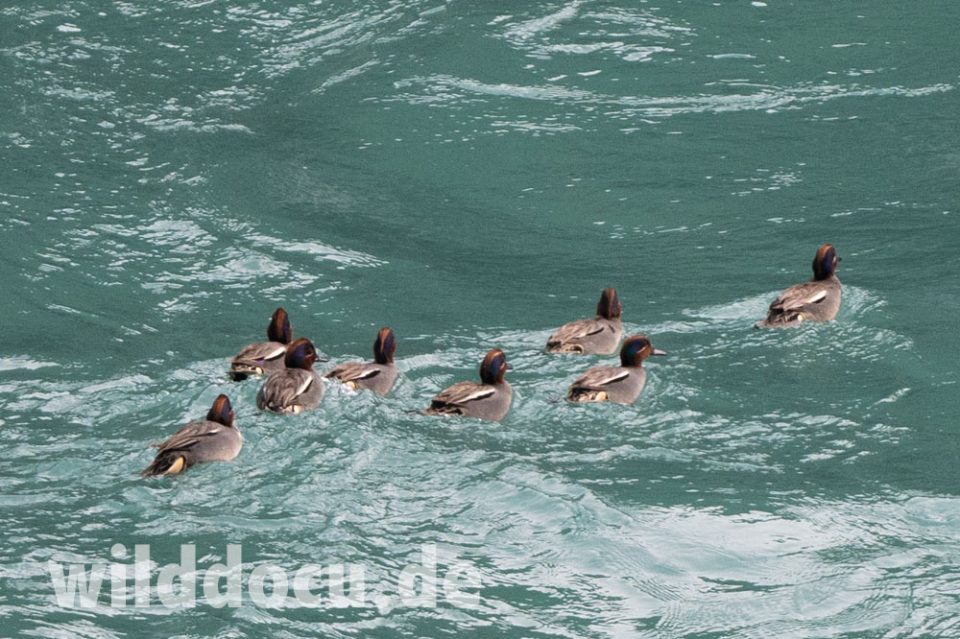
(Anas crecca)
Krickente
I saw just one flock of these on the Panj River and a Brown Dipper. I had expected more species on the Panj.
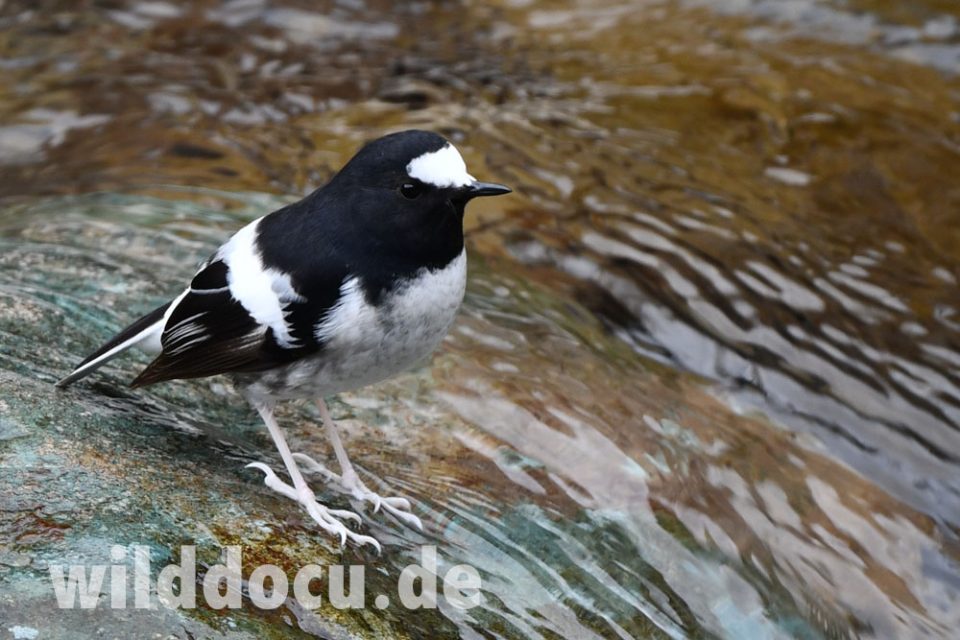
(Enicurus scouleri)
Stummelscherenschwanz
Note the white toes. Standing all day in cold mountains streams, I am sure there is not much blood running through these little feet.
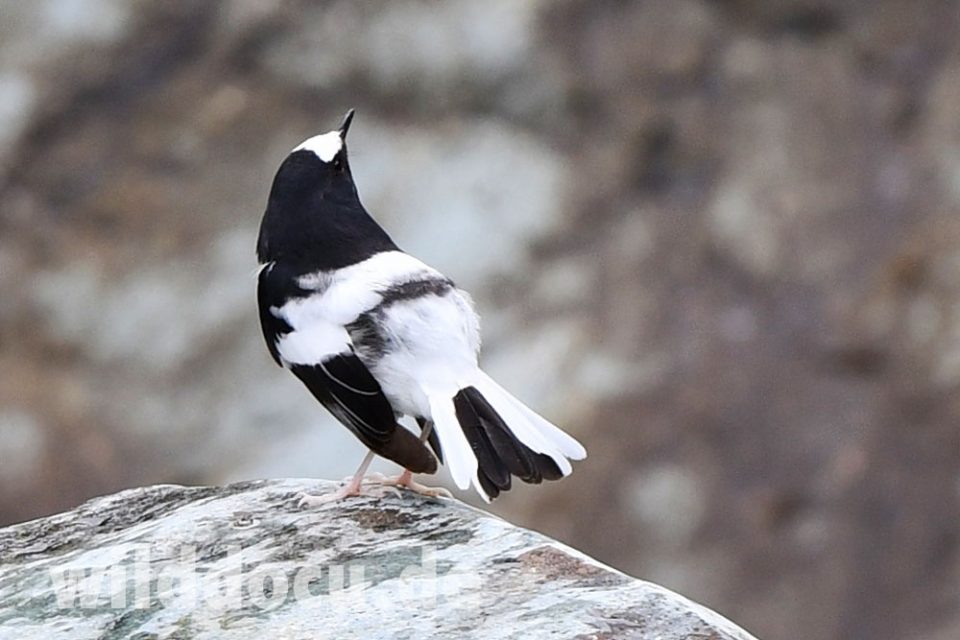
(Enicurus scouleri)
Stummelscherenschwanz
Another difference in the courting behaviour of humans and birds: Males of Homo sapiens tend to suck in their stomachs and bare their breasts. The Little Forktail apparently likes to show off with puffing out its back. I tried to impress my wife the other day with the Little Forktail style … with limited success …

(Chaimarrornis leucocephalus)
Weißkopf-Rotschwanz

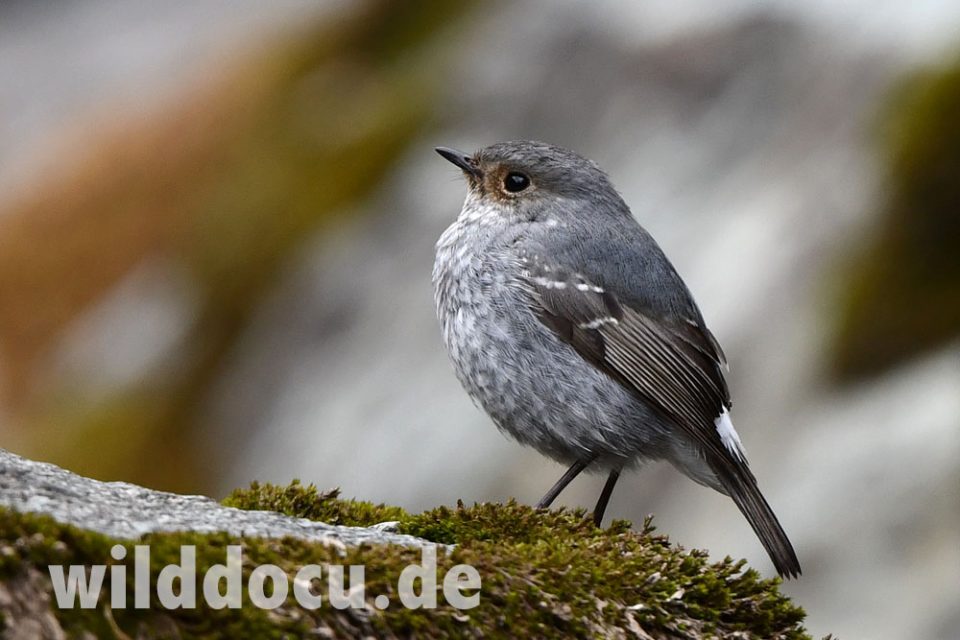
(Rhyacornis fuliginosa)
Wasserrotschwanz
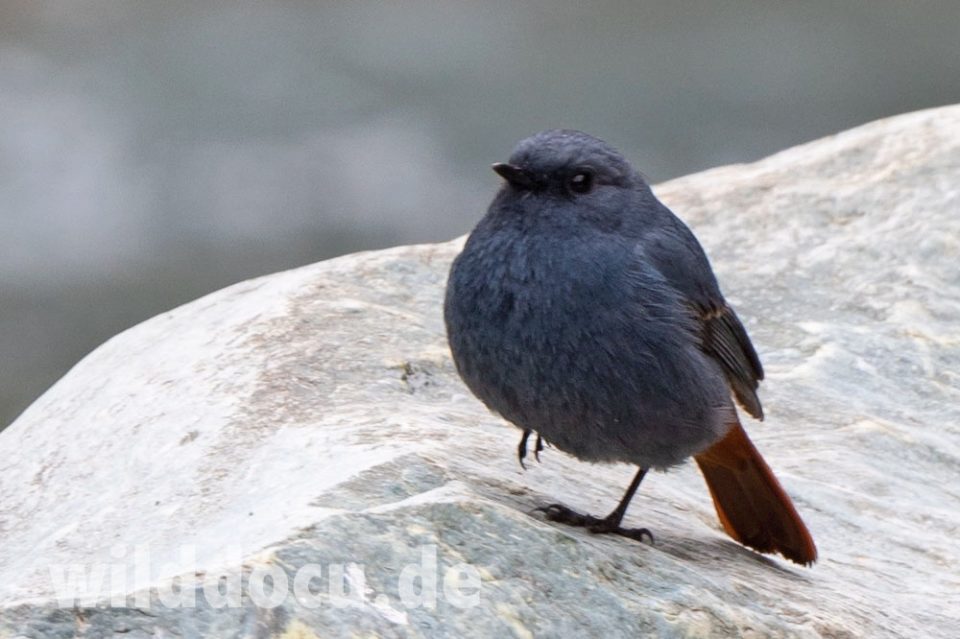
(Rhyacornis fuliginosa)
Wasserrotschwanz
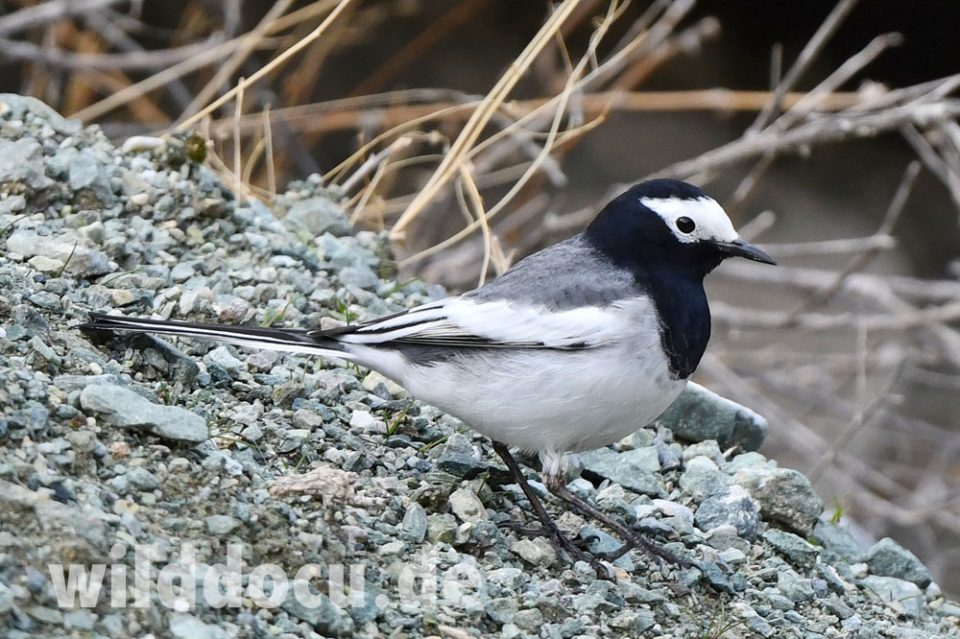
Motacilla alba personata
Maskenbachstelze
I hope this is not blasphemous: The Masked Wagtail seems to have adjusted to the Islamic dress code. Its black hood resembles a hidschab, a veil worn by some Muslim women.
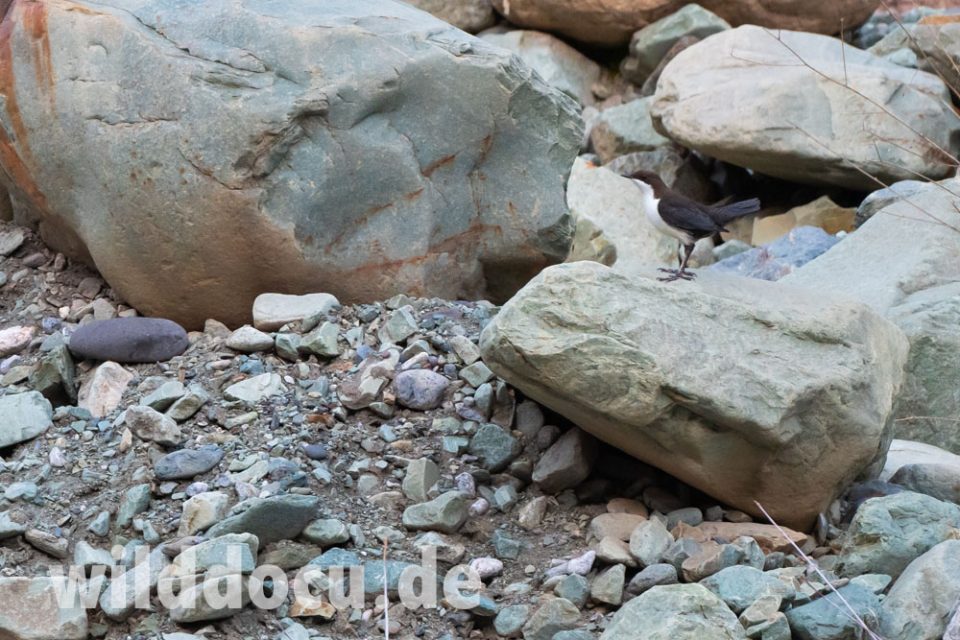
(Cinclus cinclus)
Eurasische Wasseramsel
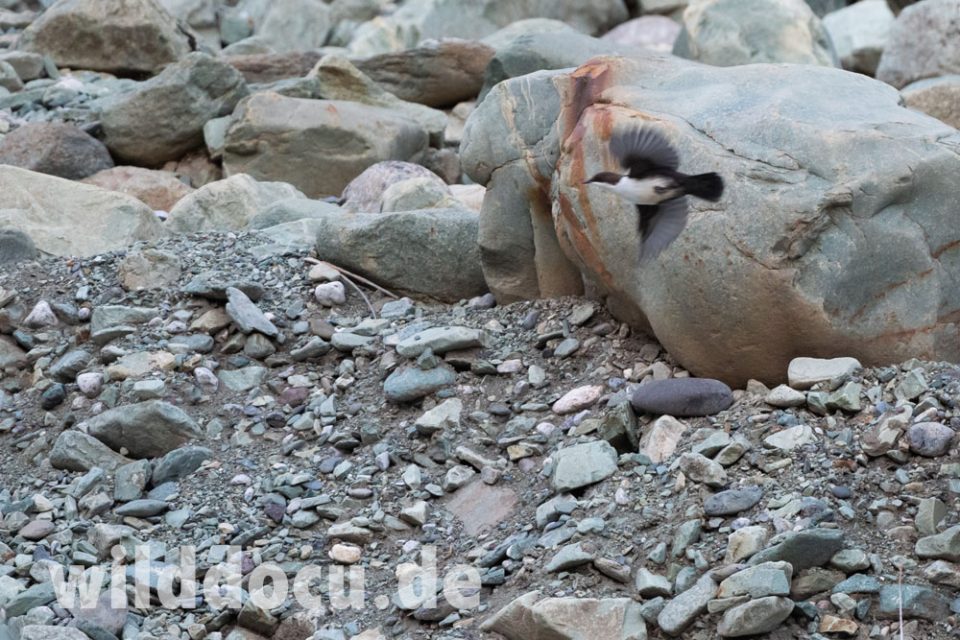

(Cinclus pallasii)
Flusswasseramsel
Still a mystery in Biogeography – Syntopie: the joint occurrence of two closely related species in the same habitat at the same time. We had White-throated and Brown Dipper together at two locations: at Zigar Valley and at Chorchaman Park. The question remains: How can the two species coexist without hybridizing or outcompeting each other?
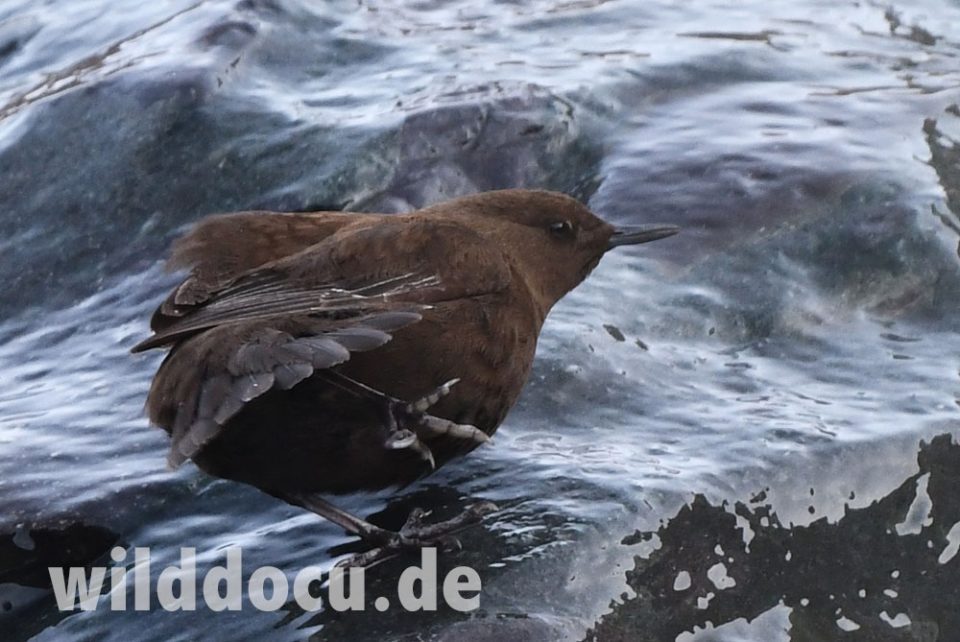
Both species are remarkable swimmers and divers. And they do that without having webbing between their toes – as this fellow seems to demonstrate.
Literature
Ayé, Raffael; Schweizer, Manuel; Roth, Tobias: Birds of Central Asia. Helm Field Guides. Christopher Helm, London, 2014.

